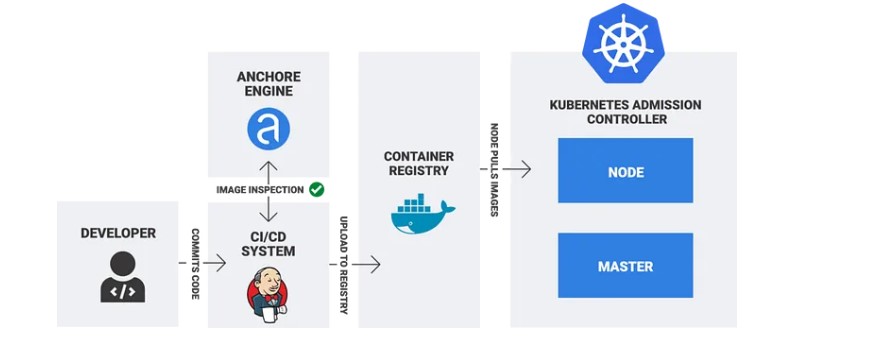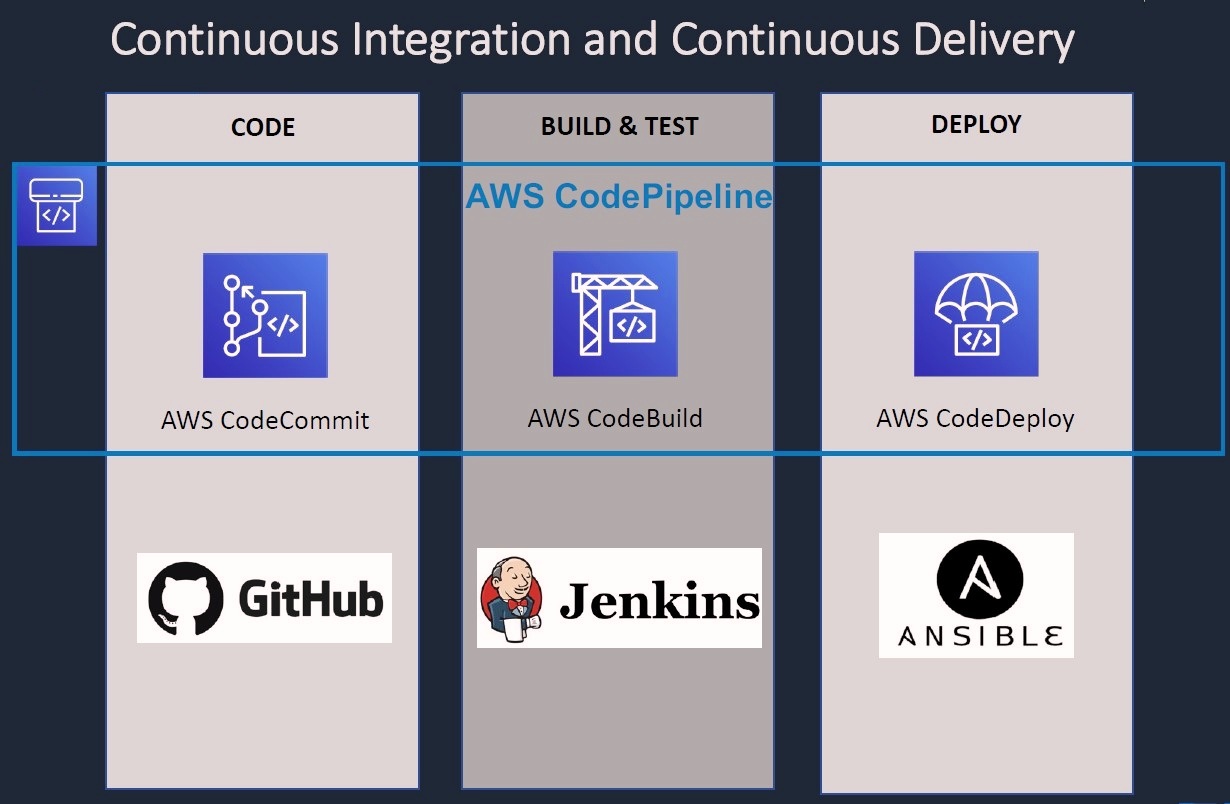CI/CD Pipeline Guide: Master Continuous Integration & Deployment
Introduction
In today's DevOps-driven world, the CI/CD pipeline has become a cornerstone of efficient software development. By automating the processes of Continuous Integration (CI) and Continuous Deployment (CD), teams can accelerate delivery, improve quality, and enhance collaboration. This comprehensive guide will explore every aspect of the CI/CD pipeline, including its benefits, best practices, and how to implement it effectively for your projects.
What is CI/CD?
The term CI/CD pipeline refers to a set of practices that enable developers to deliver code changes more frequently and reliably. CI/CD stands for Continuous Integration and Continuous Deployment (or Continuous Delivery). These practices automate the software development lifecycle (SDLC), from coding to testing and deployment, ensuring that new updates are quickly and safely delivered to production.
Continuous Integration (CI)
Continuous Integration involves the practice of regularly merging code changes into a shared repository. Automated tests run every time code is integrated, which helps detect bugs early in the development process. CI helps maintain code quality and minimizes integration issues.
Continuous Deployment (CD)
Continuous Deployment automates the release process, allowing teams to deploy new code to production as soon as it passes all required tests. This ensures that features, fixes, and updates reach end-users faster. CD eliminates the need for manual intervention, reducing the risk of human errors during deployment.
How Does a CI/CD Pipeline Work?
A well-structured CI/CD pipeline automates the entire software delivery process, from code integration to deployment and monitoring. Here's how a typical pipeline works:

- Code Commit: Developers push code changes to a version control system (e.g., Git).
- Automated Build: The CI/CD system automatically builds the application.
- Automated Testing: Automated tests are executed to ensure code quality and functionality.
- Deployment: Upon successful testing, the code is deployed to a staging or production environment.
- Monitoring: The deployed application is monitored to detect any issues or performance degradation.
Benefits of a CI/CD Pipeline
Implementing a CI/CD pipeline offers numerous benefits for development teams and organizations:
- Faster Time-to-Market: Automating code integration, testing, and deployment accelerates the release process, allowing you to deliver new features more quickly.
- Enhanced Code Quality: Continuous testing and integration catch bugs early, ensuring that only high-quality code reaches production.
- Reduced Manual Work: Automating repetitive tasks eliminates manual errors and frees up developers to focus on innovation.
- Improved Collaboration: CI/CD pipelines foster better teamwork by ensuring that all developers work on a shared, tested codebase.
- Increased Reliability: Automated deployment and monitoring reduce the risk of failures and ensure consistent, repeatable processes.
Building a CI/CD Pipeline
Building a CI/CD pipeline requires careful planning and implementation. Here are the key stages:

1. Source Code Management
Store your code in a version control system (VCS) like Git, which allows you to track changes, collaborate, and roll back if necessary.
2. Build
Use a build automation tool to compile code and generate build artifacts. This ensures that your application is ready for testing and deployment.
3. Automated Testing
Run unit, integration, and end-to-end tests to validate the functionality, performance, and security of the code. Automated tests are crucial for maintaining high code quality in a CI/CD pipeline.
4. Deployment
Automate the deployment of your application to staging and production environments. Tools like Docker, Kubernetes, and Terraform can streamline this process.
5. Monitoring and Feedback
Implement monitoring tools to track application performance and stability. Continuous feedback helps identify issues early and optimize the CI/CD pipeline for better efficiency.
CI/CD Pipeline Best Practices
To maximize the benefits of a CI/CD pipeline, follow these best practices:
- Commit Often: Frequent commits ensure that changes are tested and integrated quickly.
- Automate Everything: From testing to deployment, automation is key to a successful CI/CD pipeline.
- Maintain a Fast Feedback Loop: Ensure that the CI/CD pipeline provides quick feedback to developers so they can address issues immediately.
- Use Environment Parity: Keep your development, staging, and production environments as similar as possible to avoid unexpected issues.
- Monitor Continuously: Continuous monitoring is essential for identifying and addressing issues in real-time.
Several tools are available to implement and manage a CI/CD pipeline. Here are some of the most popular:
- Jenkins: A versatile, open-source automation server for building and deploying software.
- GitLab CI: An integrated CI/CD solution within GitLab, offering robust pipeline management features.
- CircleCI: A cloud-based CI/CD service known for its simplicity and scalability.
- GitHub Actions: GitHub's native CI/CD service that allows seamless automation of workflows directly within your repository.
- Travis CI: A widely-used CI service for GitHub projects, known for its ease of use.
Troubleshooting CI/CD Pipelines
Despite careful planning, issues may arise in a CI/CD pipeline. Here are some common troubleshooting tips:
1. Build Failures
Check the build logs for errors related to dependencies, configurations, or syntax. Ensure that all required tools and libraries are correctly installed.
2. Test Failures
Investigate test logs to identify failing tests. Determine whether the failure is due to code changes, flaky tests, or environmental differences.
3. Deployment Issues
Verify that deployment scripts and configurations are correct. Ensure that the target environment is accessible and properly configured.
4. Performance Problems
Use monitoring tools to detect bottlenecks or resource constraints. Adjust configurations or code as needed to optimize performance.
Conclusion
The CI/CD pipeline is a vital component of modern software development, offering automation, efficiency, and reliability. By following best practices and leveraging the right tools, you can build a robust CI/CD pipeline that accelerates your software delivery process, enhances code quality, and keeps your team agile. Start building your CI/CD pipeline today to stay competitive and meet the ever-evolving demands of software development.
Related content